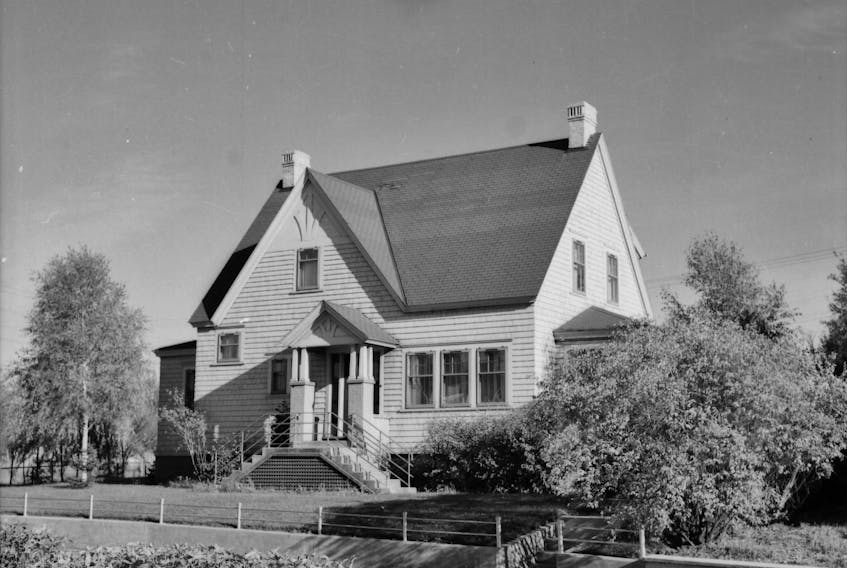Elizabeth Cook has lived in Grand Falls-Windsor all of her life and she’s still learning about the place she calls home.
The 23-year-old masters architecture student at the University of Calgary has been researching her hometown as a part of an architectural inventory project. The effort is led by the Grand Falls-Windsor Historical Society, in conjunction with town council.
Grand Falls-Windsor started as a mill town and was built as such. Based on the garden state principle, created by Sir Ebenezer Howard of the United Kingdom, the town was split into areas of residences, industry and agriculture
Through the inventory, Cook started learning how the town was separated using this principle and how class and social stature were key components of how Grand Falls-Windsor was divided.
“The town was definitely built on hierarchy and we’re hoping to get into more influences,” said Cook.
The group wants to catalogue the architectural characteristics of the community and piece together a history of the town through those characteristics.
They want to chart how Grand Falls-Windsor has evolved over time.
“We’d like to create a road map of the town,” said Cook.
The project was first announced June of last year and has only started ramping up as the summer started to wind down.
Cook, along with historical society member Audrey Burke who leads the inventory project, has been combing through maps and letters in hopes of finding links between older houses and people who could be their new owners.
When those links are established, the society wants to speak with the owners and establish a timeline for the house.
They ask questions about renovations, what materials they found when doing those renovations, and other pieces of information.
“We’re looking for people to share their stories and their experiences,” said Cook.
The end goal is to create an interactive tourism app around the inventory.
Cook wanted to help with the project because of her interest in architecture.
“I’ve always wanted to build houses,” she said.
Her mother figures Cook has been drawing floor plans since she was a youngster.
Though she doesn’t get to build homes, she has an opportunity to participate in the next best thing.
Cook gets to help build an architectural floor plan for the place she calls her hometown.
Newfoundland and Labrador is known for its unique dwelling designs. St. John’s has its row houses and Victorian-style homes, while much of the outport communities across the province are defined by their saltbox construction.
In Gander, you can see American influence through its connection with the air force base that preceded the Canadian installation.
“There is definitely a distinct influence in architecture (in Grand Falls-Windsor),” said Burke.
Grand Falls-Windsor Historical Society looking to track town history through architecture

STORY CONTINUES BELOW THESE SALTWIRE VIDEOS








